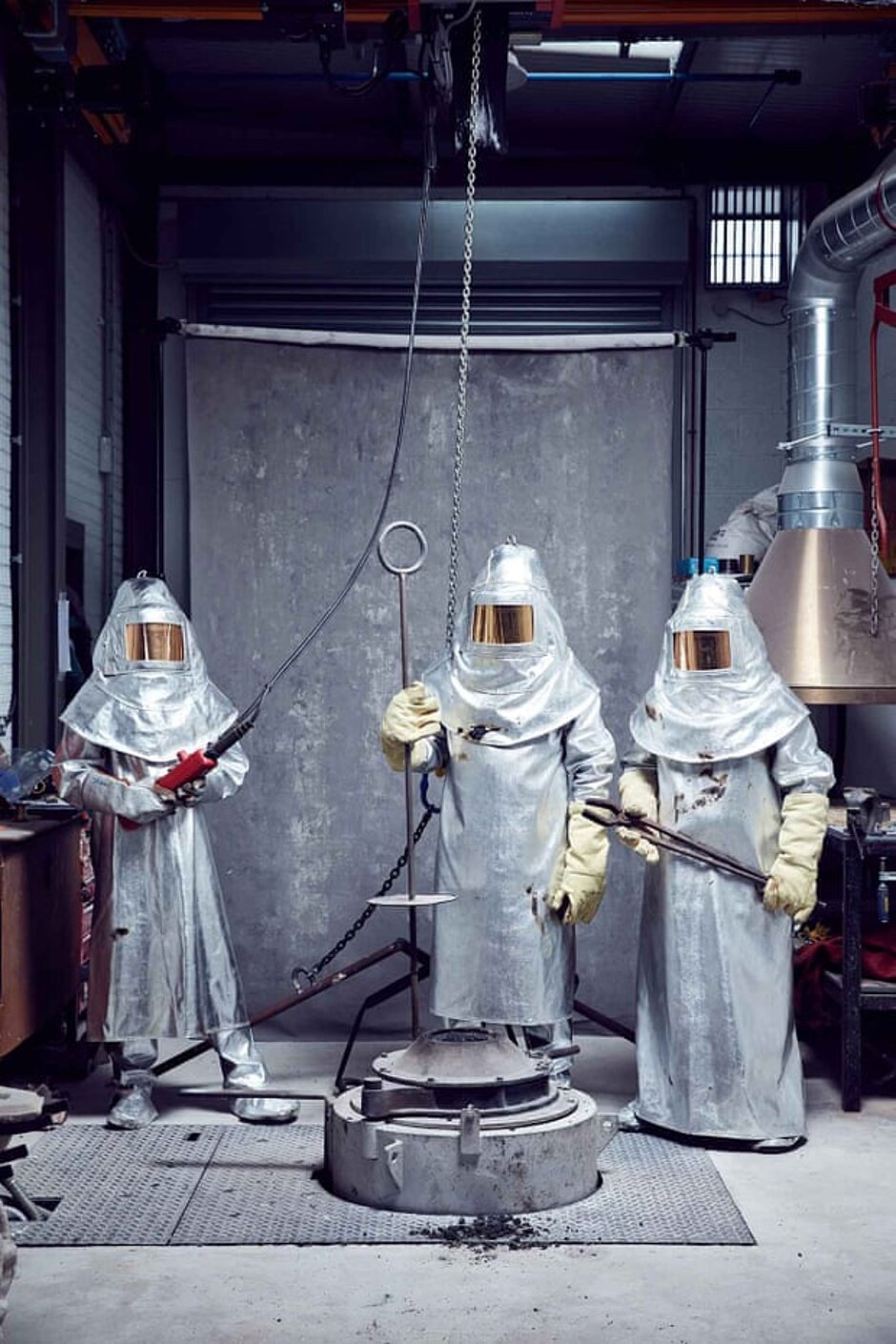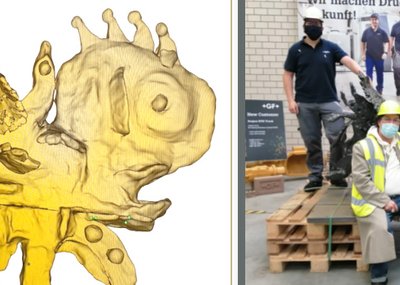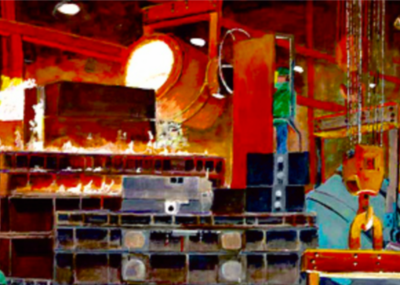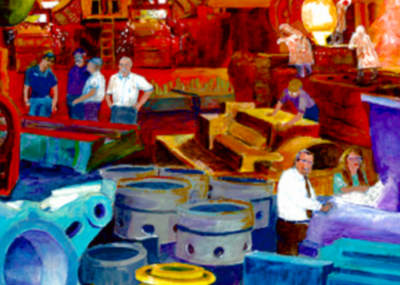‘Once they’d finished, they just stood there awaiting further instructions. “Oh my God!” I said. “Don’t move!”’
The Cox London foundry create beautiful metal pieces for the luxury interiors market. I had photographed the creative directors before, but for this shoot last year, the start of an ongoing project celebrating the skilled craftspeople in British manufacturing, I wanted to focus on the workers. I was inspired by Cox London’s Instagram feed, where the posts had all of this noise of making and crashing and banging, yet I’ve actually created still and quiet images.
Like a lot of photographers, I was very influenced by Irving Penn. Two projects in particular left their mark: his 1948 Corner Portraits, where he photographed people in front of two backgrounds set up at an angle, and his Small Trades project, from about 1950-51, which focused on working people in New York, Paris and London.
I had bought painted backdrops, like those Penn used, for a previous pop-up portrait project. My assistant and I spent a day in the Cox studio, photographing each stage of the casting process, moving our background from workstation to workstation. People there were making parts of a bronze chair, using a process called lost wax. It’s really complicated – I can’t get my head around it. They have a pink plastic mould, from which they make the piece in wax. They then create a clay piece around that wax, the wax melts away and the molten bronze is poured into the negative space.
The metal needs to get to a certain temperature for pouring, and then it can’t be left a moment longer. So we rushed to set up, got the lighting in position, and they did the pour. It happened so fast, I thought I’d missed my shot. I had planned to photograph them actually doing something – and I did – I caught them putting this flaming crucible in and pouring the bronze. But once they’d finished, they just stood there, awaiting further instructions. “Oh my God,” I said. “Don’t move!” I took about half a dozen frames. I felt guilty that we couldn’t see their faces. But those poses! I was laughing as I took the picture because it was so perfect. Brilliant and otherworldly, and quirky and funny.
The workers’ names are Jasmine, Dave and Jenny. I like portraits of people where something crazy is happening around them but they’re quite deadpan. I like the fact that two of the trio are women, which is refreshing because it’s still often expected that it is only men who do this kind of work. Then there is that classic alien, sci-fi styling, with those protective outfits. It feels as if they could have bought those to shoot Doctor Who. In fact, they’re wearing them because the temperatures in the furnace are incredibly high. My assistant and I were far enough away to avoid the intensity of the heat.
This was shot in 2019. With Covid, and social distancing and face masks, the image has taken on extra significance and meaning. I have been back to the foundry since. They were still working – according to social distancing guidelines. Maybe because theirs is work for the luxury market, they still have orders and work to do, but the creative industries more widely have been hard hit by this crisis and many people have not been able to earn money these last nine months.
Today, computers rule our lives. But these people are working with their hands and doing a skill that’s been passed on – without a computer in sight. There are designers here, in their offices, using CAD programs, but these skilled workers translate those designs, following paper plans, using techniques that are hundreds of years old.
I haven’t shot on film since 2007, when we all went digital. But I’m still crafting my images. I learned that craft over 20 years. As a teenager, my dad built me a darkroom in the back of the garage. I loved the darkroom process, and I was often up late at night printing. Later, I was kicked into shape in an industrial studio in west London. I worked there for three years, and came out with a good grounding and a work ethic.
A big foundry like this is an environment most of us don’t ever see. You imagine all of the work will be automated, so to see people embodying such skill is amazing. We don’t celebrate that enough in this country.
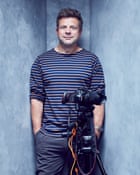
Alun Callender’s CV
Born: London, 1971.
Trained: Salisbury College of Art and Design, and worked as a photography assistant for about eight years.
Influences: Irving Penn, Richard Avedon, Paul Strand and Walker Evans.
High point: “Winning the gold portrait prize at the Association of Photographers awards, and shooting Grayson Perry for the Sunday Times.”
Low point: “Working in that industrial studio. I started at the bottom and I’ve worked my way up ever since. I did all the shit jobs at the beginning; I just want to make sure I do the good jobs at the end.”
Top tip: “Find whatever you’re passionate about outside of photography. And don’t compare yourself to others. Live your own life, and don’t get too hung up on what everyone else is doing.”
Source: theguardian.com

